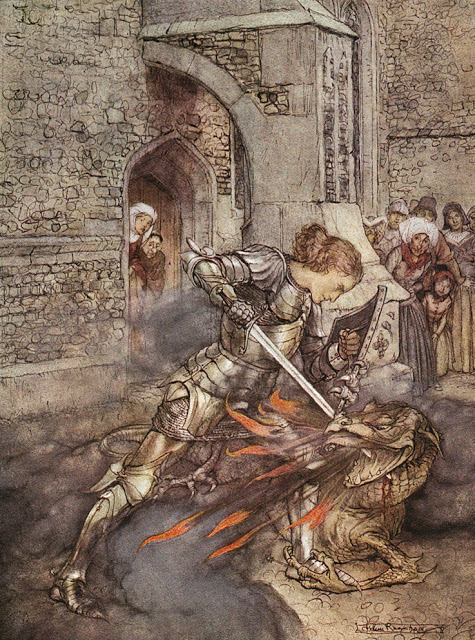The Legend of the Winchester Round Table
- Owen Whines
- Apr 20
- 2 min read

A Day in History - 20th April 1290
At the forefront of the Arthurian Legend stands the image of King Arthur's Great Table, around which he and his knights gathered as equals. Unlike traditional rectangular tables, the Round Table lacked a head, symbolising parity among all who sat there. The only physical table linked to this legend is a massive 18-foot oak tabletop, weighing 1.2 tonnes (2,600 lb), which now hangs in the Great Hall of Winchester Castle.
From the late Middle Ages, the Winchester table came to be accepted as the legendary original. William Caxton endorsed this view in his preface to Le Morte d’Arthur. Caxton asserted that The Winchester Round Table, alongside other Arthurian items, meant no man could 'gainsay but there was a King of this land named Arthur'. This assertion also likely influenced Thomas Malory’s decision to place Camelot at Winchester.
Centuries later, in 1976, a team of historians and scientists examined the table and confirmed it did not date from Arthur’s era but rather to the reign of Edward I. Financial records suggest it was constructed for a grand tournament held near Winchester on the 20th April 1290, marking the betrothal of one of his daughters. The table was later repainted by order of Henry VIII, who adorned it with a Tudor rose, green and white segments - the Tudor colours - and placed his image in the seat of King Arthur. This act tied the Tudor monarchy to Arthurian myth, reinforcing Henry’s claim to a British imperium.

During the medieval period, festivals known as 'Round Tables' were held as re-enactments of Arthur's court. These events featured jousting, dancing, and feasting, and at Edward's 1290 tournament, knights assumed the identities of Arthur's legendary entourage, not too dissimilar to Medieval festivals of today. The inscription around the inner circle of the table reflects this tradition, reading: "This is the rownde table of kyng Arthur w xxiiii of his namyde knyattes." Among the names are S galahallt (Sir Galahad), S launcelot deulake (Sir Lancelot de Lake), S gauen (Sir Gawain) and S pcyvale (Sir Percival).

Though it is not Arthurian in origin, its endurance in the cultural landscape reveals how myth can root itself in the material world. Today, the Winchester Round Table serves less as proof of Arthur’s reign and more as a testament to the enduring power of storytelling - how legends are kept alive not by facts, but by the collective desire to believe in something greater.









Comments